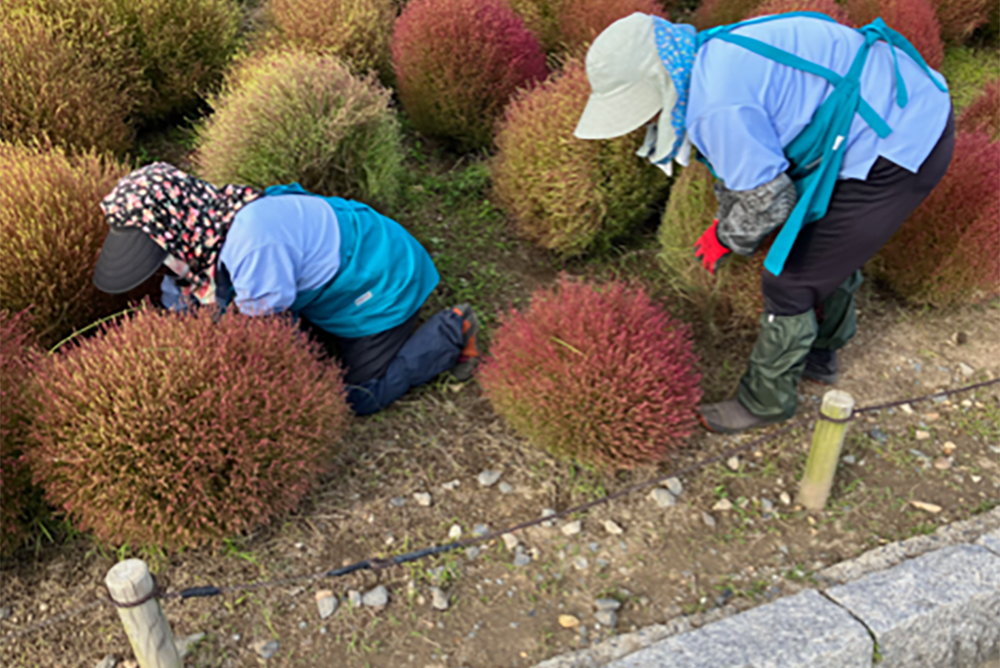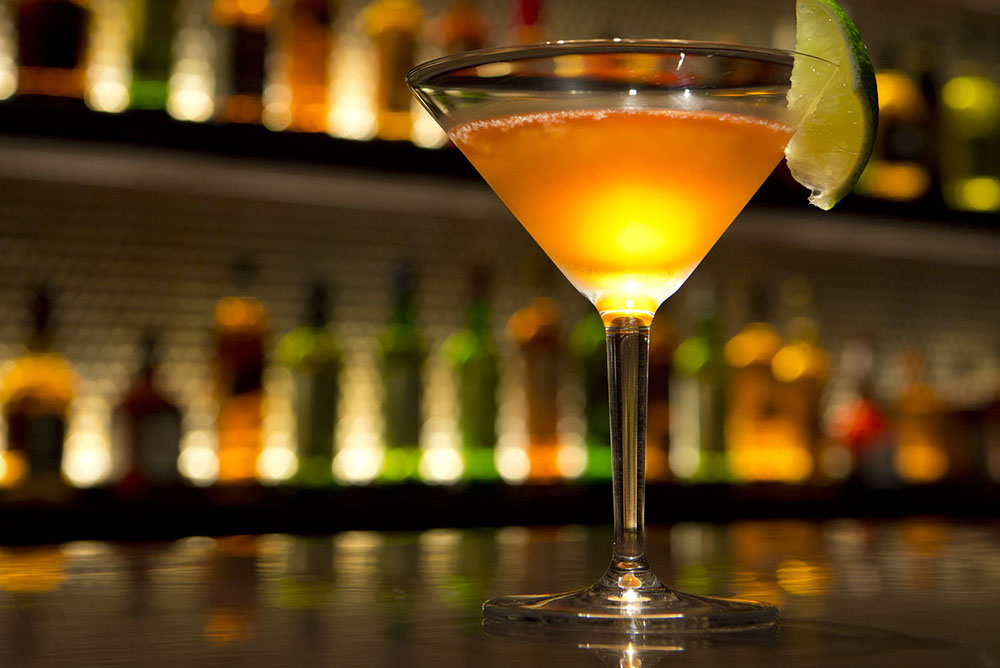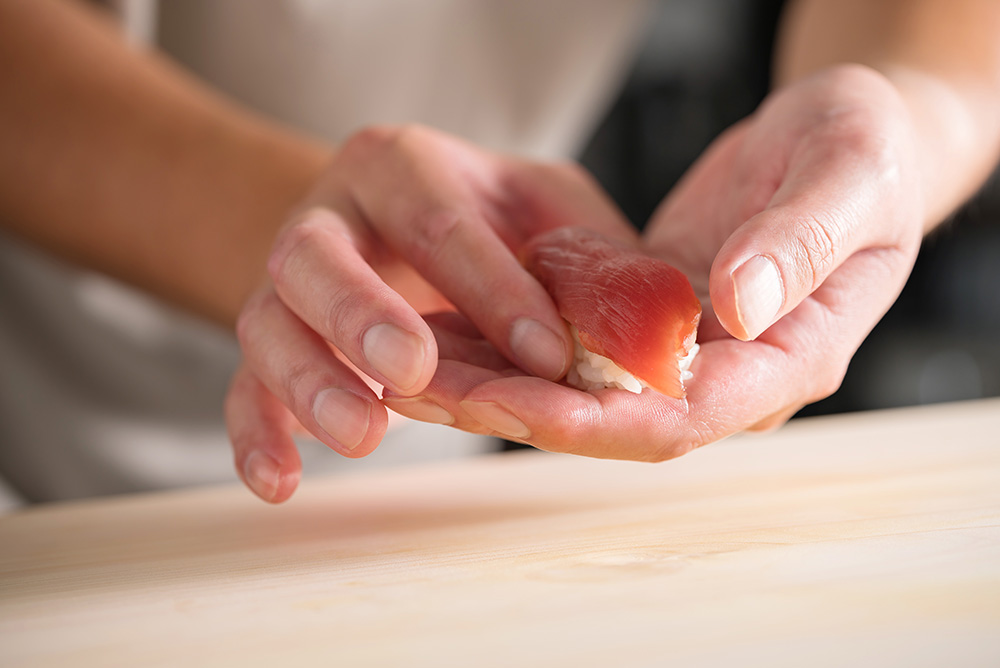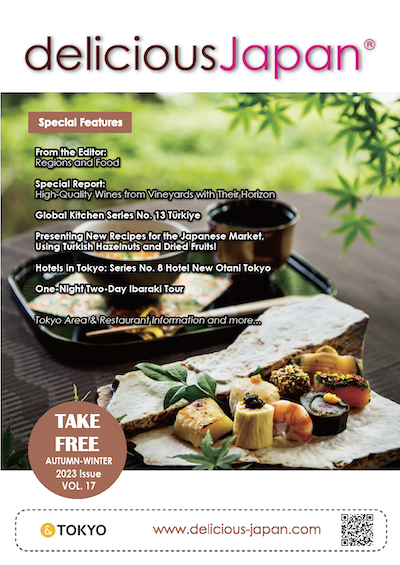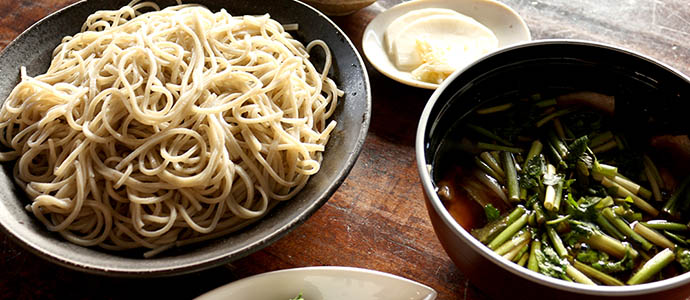
Regions and Food
Seasonal ingredients that herald the arrival of a new season
Japan is an island nation with a land area of approximately 378,000 square kilometers in a bow-like shape. It is located between 120° and 150° east longitude and 20° and 45° north latitude, stretching around 3,000km from east to west and about the same from north to south. Japan's long north-south stretch results in significant temperature differences, and the habitats of animals and plants vary widely. In the average temperatures over the past year, there is a difference of more than 15 degrees between the coldest inland area of Hokkaido and the warmest area of Okinawa.
In addition, Japan has four seasons, and the mountains and oceans, which change their expressions through those four seasons, nurture an abundance of natural blessings. Japan's food culture has continued to develop uniquely, with natural delicacies symbolized by the sea and mountains' bounties taking root in each region's climate and land. The domestic gourmet products that can only be found in specific regions of Japan are truly outstanding. That's why, in December 2013, the United Nations Educational, Scientific, and Cultural Organization (UNESCO) registered "Washoku, traditional dietary cultures of the Japanese" as intangible cultural heritage. Japanese food is a concept and culture that does not refer to individual dishes per se but includes all the tangible and intangible things, such as wisdom, ingenuity, and customs related to food, that the Japanese people have built up until now.
Each region of Japan has a broad variety of ingredients and a richly individual food culture rooted in its own land and climate. We have decided to introduce these yet-undiscovered delicious stories of domestic gourmet food from around Japan as a "delicious Japan" Series. This issue features Ibaraki, which is a convenient place to visit, with relatively easy access from central Tokyo. See pages 18-21.
Eating "in-season" foods is the height of luxury
Each season has its own seasonal foods, and we in Japan have a long history of maintaining our physical balance and health by skillfully consuming these foods. Since the days when there was no nutritional science, people loved the first food of the season as "good luck," and it was said that if you eat that first food, you will extend your life by 75 days. The gratitude for the first foods passed down in this way reflects the wisdom of our ancestors, who wished for good health and good fortune. Eating seasonal vegetables, fruits, fish, and other foods is an excellent way to build a robust body by strengthening the immune system and building resistance. This should be called the wisdom of the ordinary people of Japan.
Today, most vegetables can be eaten year-round, but again, the more in-season they are, the tastier and more nutritious they are. Because in-season plants offer the nutrients most needed each season, continued consumption of seasonal foods can enhance basic immunity. "Shun," meaning "in season," can be further divided into three phases: "hashiri," "sakari," and "nagori." Hashiri, which is somewhat more expensive and comes before the crop is entirely on the market, is characterized by its light and soft flavor. With the transition to sakari and nagori, water content reduces, and flavors become more concentrated.
Japan includes 47 prefectures nationwide. Those 47 prefectures comprise 792 cities, 743 towns, and 183 villages, totaling 1,718. In other words, the in-season ingredients to be found in each of those 1,718 places through their four seasons combine with chefs' skills and attention to detail to create exquisite dishes. The ultimate in luxury is to enjoy a dish that can only be tasted once a year at a moment when the potential of the ingredients is at its peak. We would like to take the readers on a journey of "Seasonal Tastes."
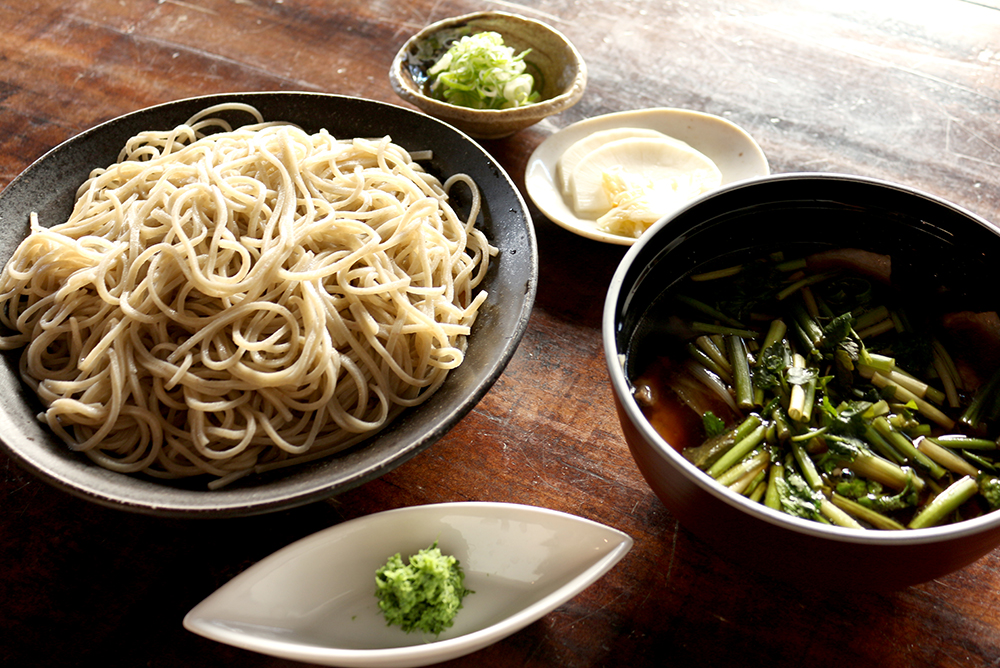 Nakaya in Naka City, Ibaraki
Nakaya in Naka City, Ibaraki
